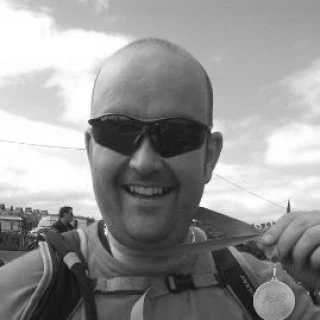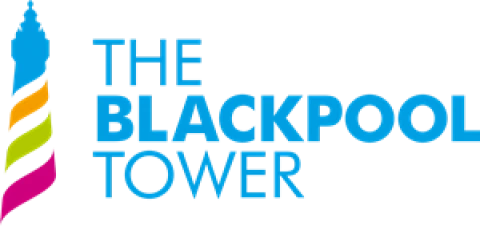

- Knowledge Base
- Blog
- Frequently asked questions about working at height
Frequently asked questions about working at height
Below we answer some of the frequently asked questions surrounding work at height and working at height regulations.
A: Anyone working at height should be identified as competent to carry out the tasks required. This involves ensuring they have sufficient skills, knowledge, and experience. This can be demonstrated through working at height training qualifications. Anyone taking part in working at height training does not have to be a competent person as long as they are supervised by somebody that has been deemed competent.
The level of skills, knowledge, and experience required to be classed as competent depends on the task required. For example, tasks that are low-risk and short duration may require no more than short instruction and appropriate training. On the other hand, tasks such as drawing up plans for complex scaffold assembly will require a higher level of skills, knowledge, and experience. Specialist working at height training schemes and certification is one way to demonstrate competence for higher-level tasks.
A: The Work at Height Regulations 2005 (WAHR) apply to all work where a fall could occur that may cause personal injury. The regulations apply to employers and anyone that controls work at height, for example, if you are a contractor or a factory owner.
The Work at Height Regulations 2005 state that duty holders must ensure that:
All work at height is properly planned and organised.
Those involved in work at height are competent.
The risks from working at height are assessed, and appropriate work equipment is selected and used.
The risks of working on or near fragile surfaces are properly managed.
The equipment used for work at height is properly inspected and maintained.
A: Any work that occurs at a height where a worker could fall a distance that could cause personal injury or death if precautions are not taken. This includes any places where work is undertaken above ground level, where you could fall from an edge, or where you could fall from ground level into an opening. Falls from height must involve a fall from one level to another. For this reason, slips and trips that occur on one level do not constitute a fall from height. Falls on permanent staircases can also not be classed as falls from height.

Working at Height Training
Lack of correct working at height training is a major contributing factor in the fatal and major injury accidents caused by falls from height. As well as receiving the correct working at height training, workers should be regularly appraised and receive training refreshers. Eurosafe have been market leader in the fall protection industry and using this experience can provide a range of market-leading height safety training courses built around workers’ individual requirements and developed to provide them with an appropriate level of training.















